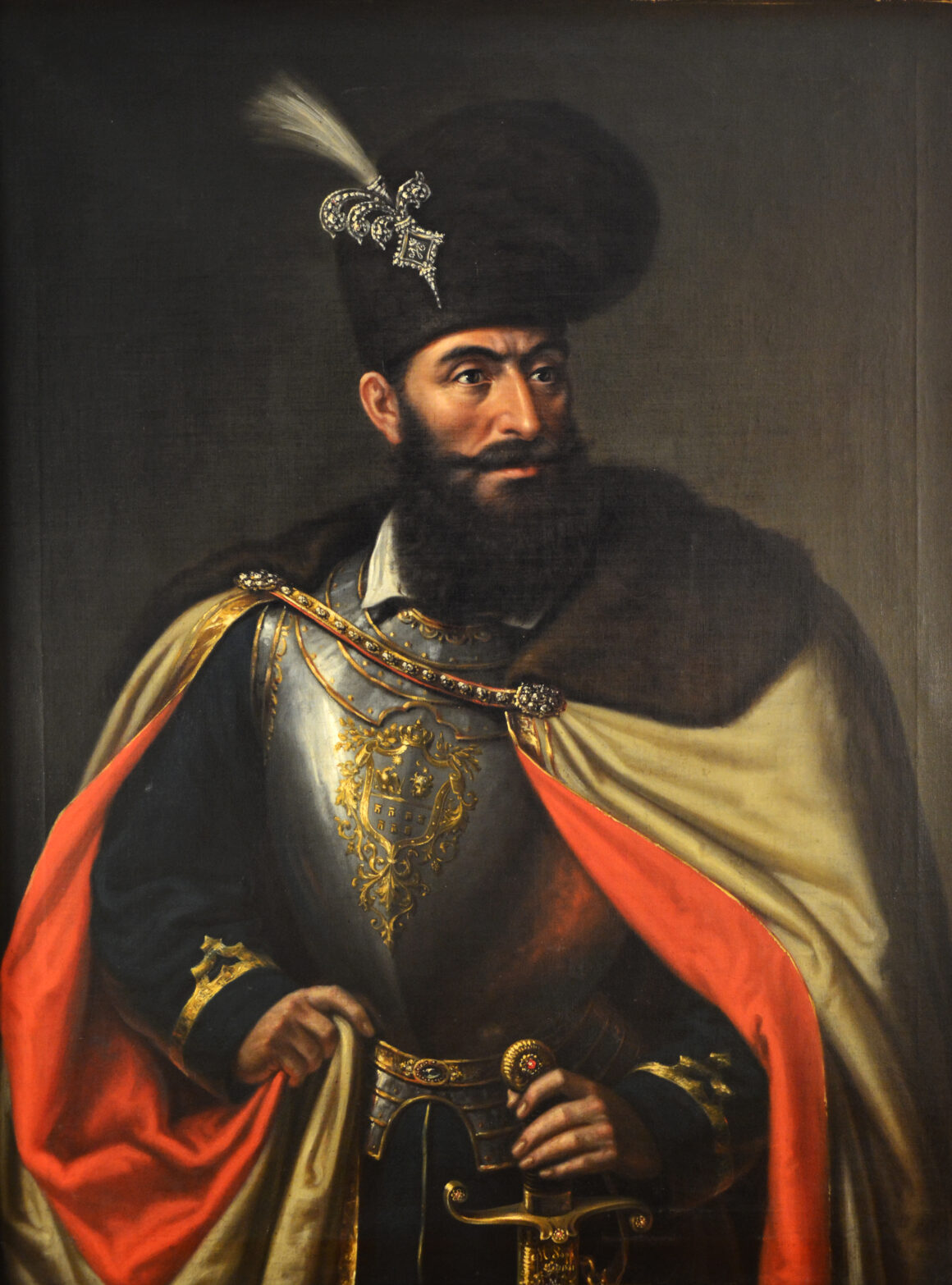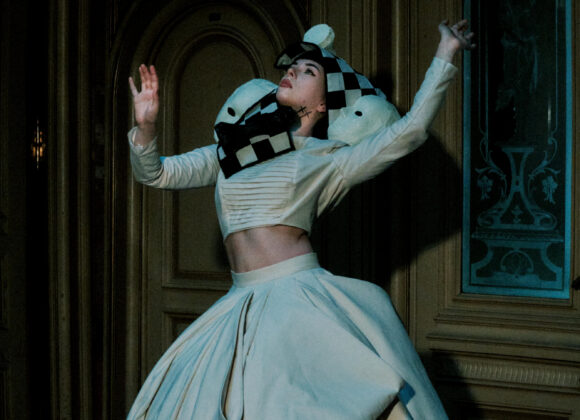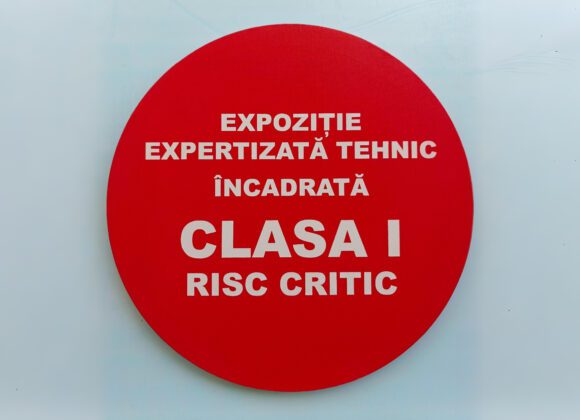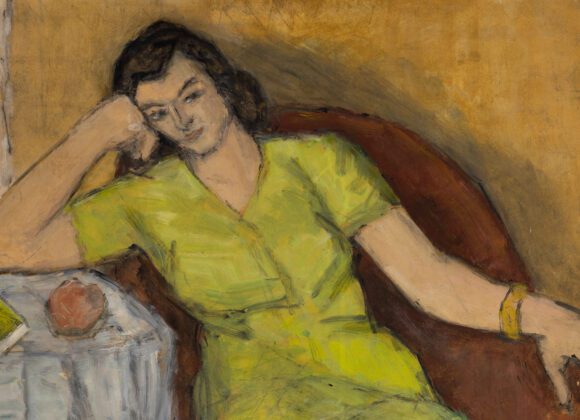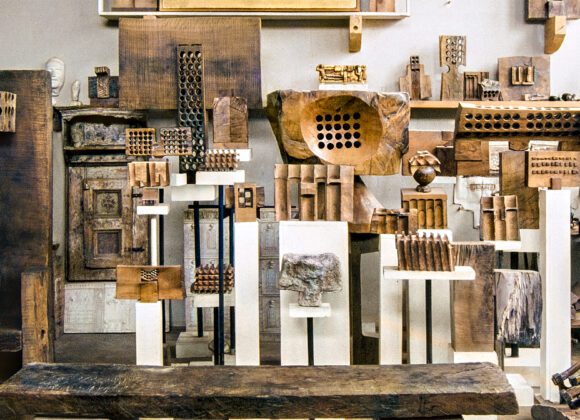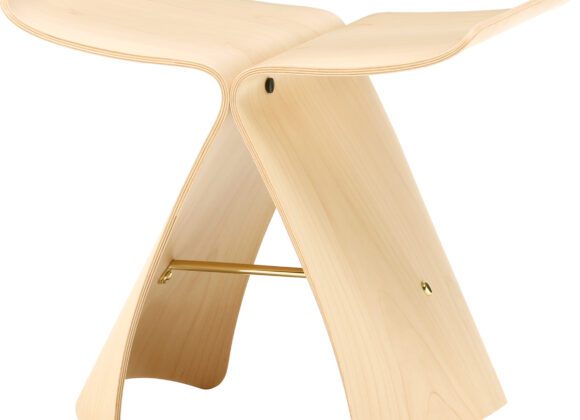Michael the Brave
June 27 - July 7
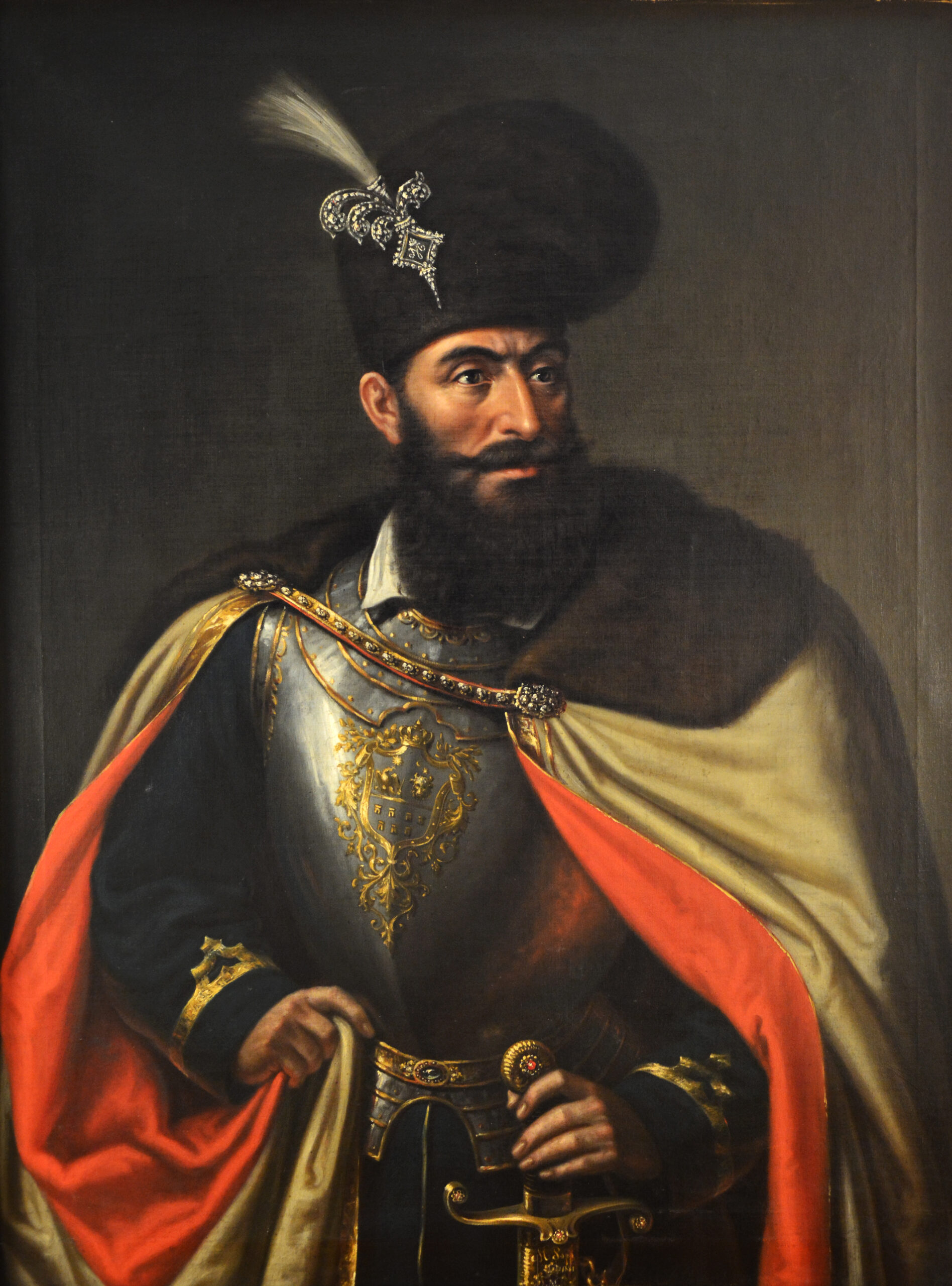
In October 1593, Michael the Brave became ruler of Wallachia. In the fall of the following year, 1594, he launched a heroic campaign against the Ottomans, attacking the Turkish fortresses on the Danube and conquering Brăila. Despite the Ottoman numerical superiority, Grand Vizier Sinan Pasha was defeated at Călugăreni in August 1595, but forced Michael the Brave to make a strategical retreat to Transylvania. The Ottoman army occupied Bucharest and advanced as far as Târgoviște, but in October the Turks were driven out of the country with the help of the Transylvanian nobleman Sigismund Báthory.
In 1600, Michael the Brave succeeded in unifying all three Romanian countries, becoming their ruler after occupying Transylvania in October 1599 and Moldavia in May 1600, removing Andrei Báthory, respectively Ieremia Movilă. However, his reign was a brief one. The rebellion of the Hungarian nobility and the defeat at Șelimbăr, in October 1600, by the troops of the Imperial General Gheorghe Basta put an end to this unification.
At the same time, the Poles brought Ieremia Movilă back to Moldavia and tried to impose his brother Simion in Wallachia. Although Michael the Brave returned south of the Carpathians, he failed to defeat Simion Movilă and in December 1600 he left the country, heading for Vienna and then Prague to seek the support of Emperor Rudolf II, to whom he had sworn allegiance in 1598.
In 1601, when the Transylvanian nobility rebelled against General Gheorghe Basta, re-electing Sigismund Báthory as Prince, Michael the Brave was sent by the Emperor with the Imperial General to restore order. Six days after the victory at Gurăslău, on August 3rd, 1601, against Báthory, Michael the Brave was assassinated on the orders of Gheorghe Basta. Nevertheless, he set an example of courage and greatness in Romanian history.
Exhibition organized in partnership with the Brașov Art Museum
More exhibitions


